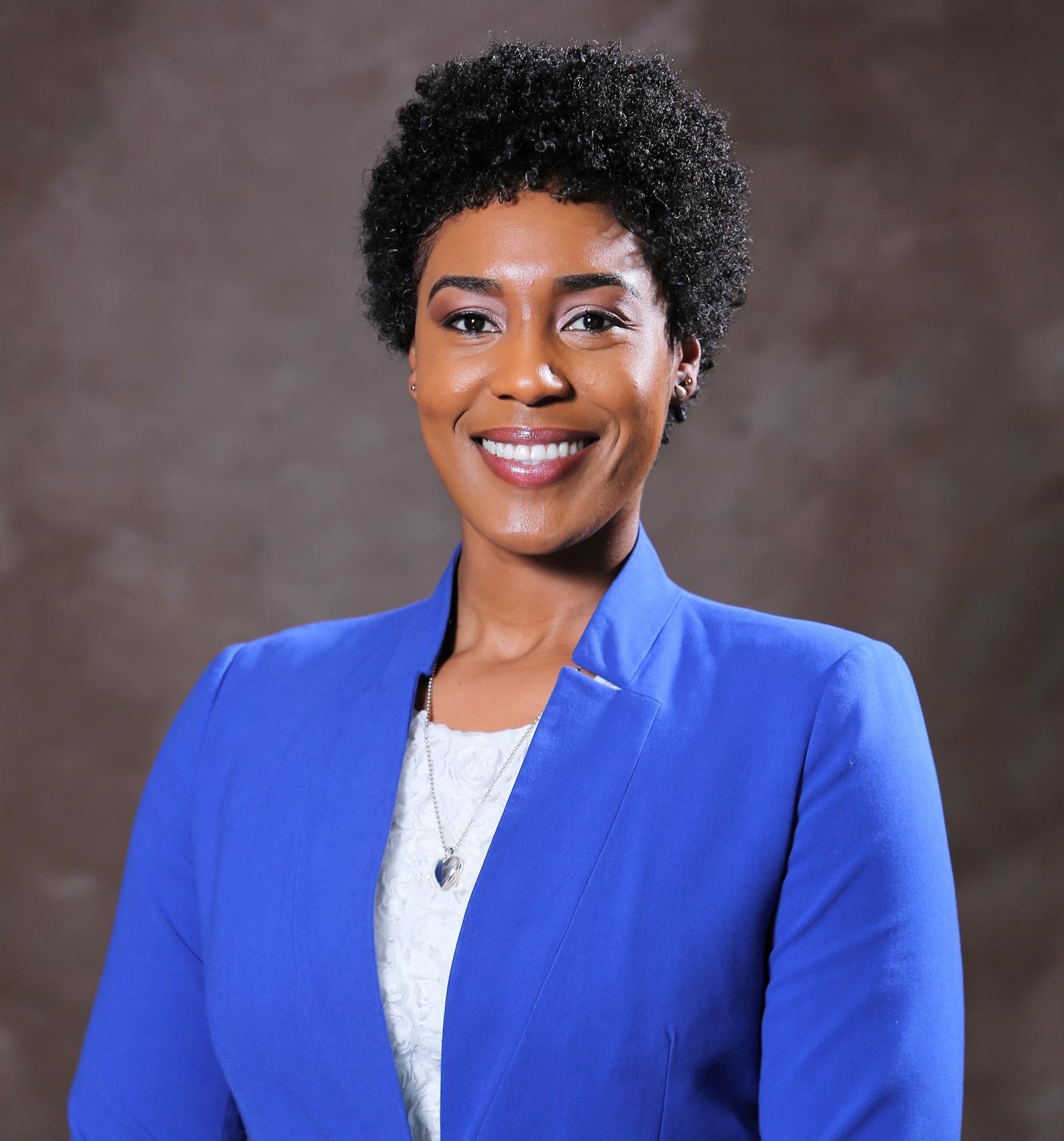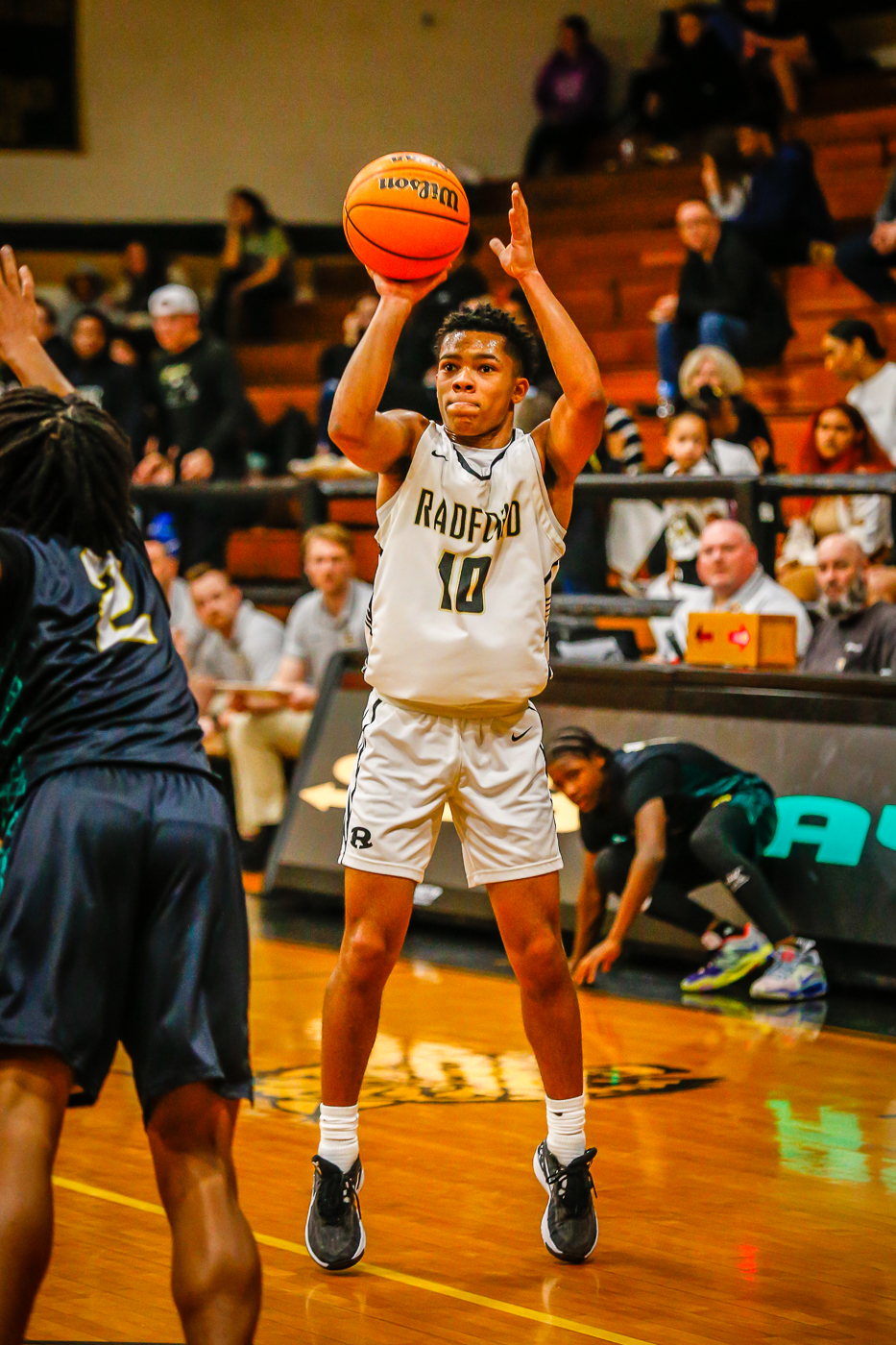
Big South Commissioner Sherika A. Montgomery
Marty Gordon
Editor’s note: Today, we continue to examine the challenges college athletics are facing especially in this age of Name, Image and Likeness (NIL).
College athletics is changing and continues to this day. But the question is what does the future hold?
The recent movement has centered about the Power 5 conferences, leaving many to wonder what might happen to the smaller schools and conferences.
Big South Conference Commissioner Sherika A. Montgomery took a moment this past week to discuss how hers and other mid-major athletic conferences have been and will be affected in the new landscape.
“We have to continue to evolve,” she said. “We’ve are reviewing our strategic plan and have formed a basketball task force working group.”
Montgomery said the question is how the Big South can set its apart from other conferences.
“The NCAA is facing challenges we’ve never have before.”
The Big South Conference was founded in 1983 with charter members including Radford, Armstrong State (later Armstrong Atlantic State University and Augusta University), Campbell University, Baptist College (now Charleston Southern University), Coastal Carolina University and Winthrop University.
The expansion of membership occurred during the’90s. Some of those members were the University of North Carolina at Asheville, Davidson College, Liberty University, the University of Maryland, Baltimore County, the University of North Carolina at Greensboro, Towson University, Elon University, High Point University and Birmingham–Southern College.
The conference history does include football, which was started in 2002 as part of the Football Championship Subdivision. Fourteen years later, the Big South and the ASUN Conference (ASUN) announced a football partnership that effectively combined the two conferences in the sport.
Slowly teams and schools like Liberty, Campbell and Coastal Carolina have moved to new conferences. The latest being Hampton and North Carolina A&T, which left the Big South in 2022.
Currently, there are nine members in the Big South with another five being listed as associate members.
In April, Montgomery was named the fourth commissioner of the Big South Conference and is a former women’s basketball player and staff member of the conference. She previously served as the Deputy Commissioner for the Missouri Valley Conference and served as the Assistant Director of Enforcement (Investigations and Processing) at the NCAA.
Earlier as a staff member at the Big South, Montgomery served as a two-time chair (2016-2018) of the NCAA Committee on Women’s Athletics during her service from 2014-2018 and was also a member of the inaugural NCAA Board of Governors Ad Hoc Committee to Promote Cultural Diversity and Equity. Her familiarity of the Big South also dates to her time as a basketball player (2010) at Gardner-Webb.
Changes in collegiate athletics includes a big emphasis on Name, Image and Likeness (NIL), which is the means through which college athletes are allowed to receive financial compensation. NIL refers to the use of an athlete’s name, image, and likeness through marketing and promotional endeavors.
In the past, collegiate athletics’ governing body the NCAA has done everything to not compensate student-athletes.
Three years ago, a ruling from the U.S. Supreme Court changed that with the introduction and approval of the NIL plan.
Many student-athletes are now receiving as much as a million dollars a year. Montgomery could not give specific examples, but many Big South athletes are receiving NIL compensation. The total might not be the millions but instead hundreds or thousands.
NCAA President Charlie Baker believes there must be more control over this process as we move forward. During last month’s NCAA convention, he said to maximize these opportunities, it will be important for Congress to provide special status to student-athletes. “
“That way, schools and conferences can engage in NIL and enhanced educational support without turning the student-athletes into something they are definitely not, which is employees,” he said.
According to a recent ESPN survey of more than 200 coaches, players and administrators, nearly 80% of respondents believe schools will pay athletes directly within the next decade. Another 75 percent felt “college athletics will eventually follow some sort of professional model, perhaps with schools forming conferences based on their willingness to pay players.”
Just two weeks ago, Montgomery joined a Radford University volleyball player who testified before members of the U.S. House of Representatives in Washington, D.C., during the “NIL Playbook: Proposal to Protect Student Athletes’ Dealmaking Rights” hearing of the House Innovation, Data and Commerce Subcommittee.
The proposal aims to protect student athletes’ dealmaking rights and create clear rules to preserve amateur sports.
In opening remarks, the subcommittee said: “Federal legislation is needed to protect student athletes from bad actors taking advantage of them financially, ensure transparency and protections in NIL contracts, and address the patchwork of laws affecting student athletes’ dealmaking rights.”
Montgomery said it was very important for her to be at the hearing.
“We had to make sure our voices are heard on this matter,” she said.
In so many ways, the new definition of the collegiate student-athlete is ever-changing itself. The National Labor Relations Board even suggests athletes at private universities should be classified as employees.
Getting back to the future, Montgomery is optimistic for the Big South. Membership is something that is prevalent on a day-to-day basis.
“We (the Big South) are not immune to that.” The commissioner would not say if there were plans to expand to more schools or does she expect others to leave the Big South.
One of the big discussions centers on creating better non-conference schedules, especially in basketball.
“I feel very optimistic about the Big South’s future,” Montgomery said as she praised the excellent leadership across the conference.
For now, the Big South and its commissioner are trying to stay above water and watch what happens in the near future in college athletics. The next move could lie with NCAA officials and how Congress might be involved somewhere down the road.

